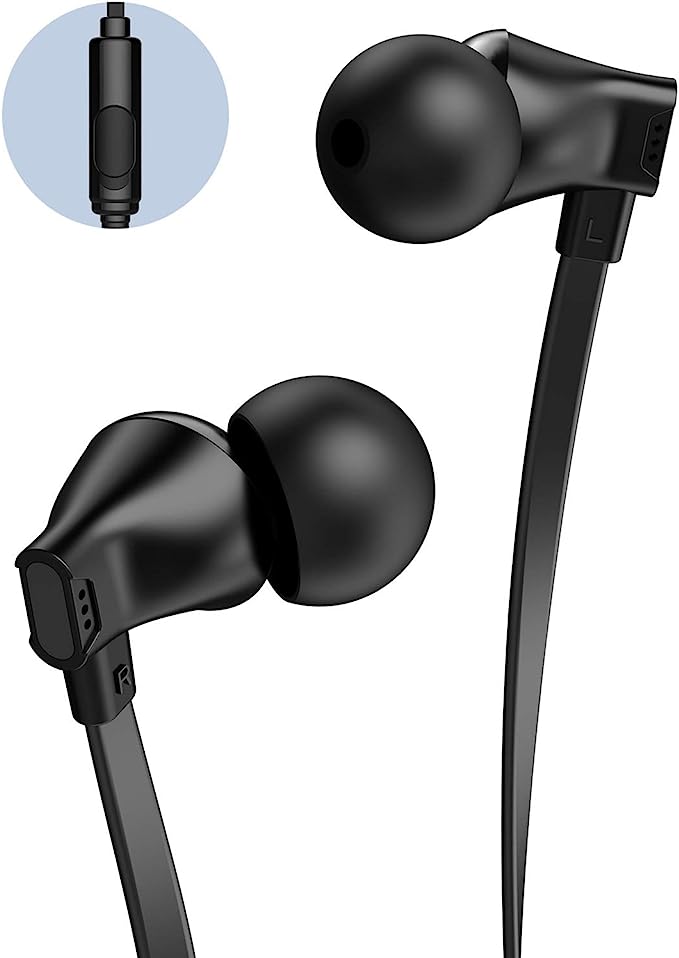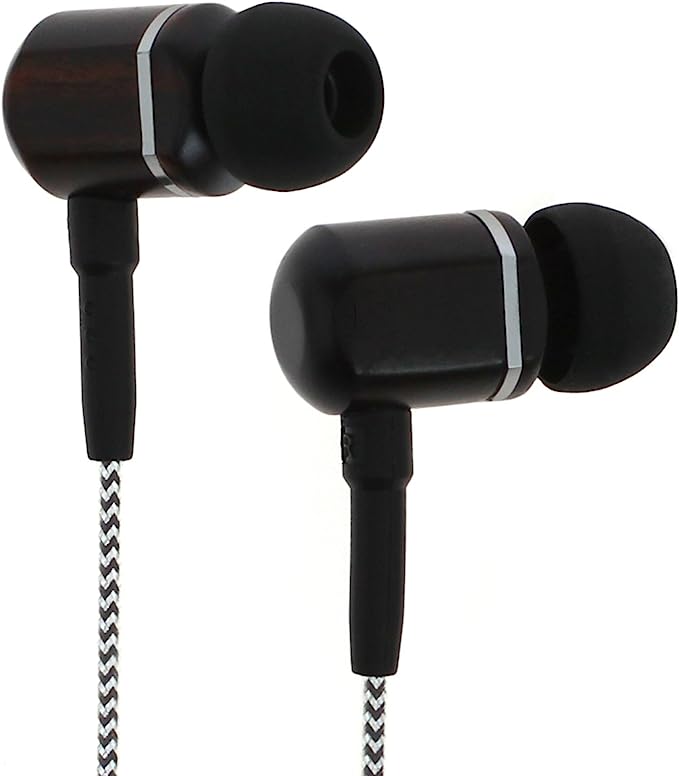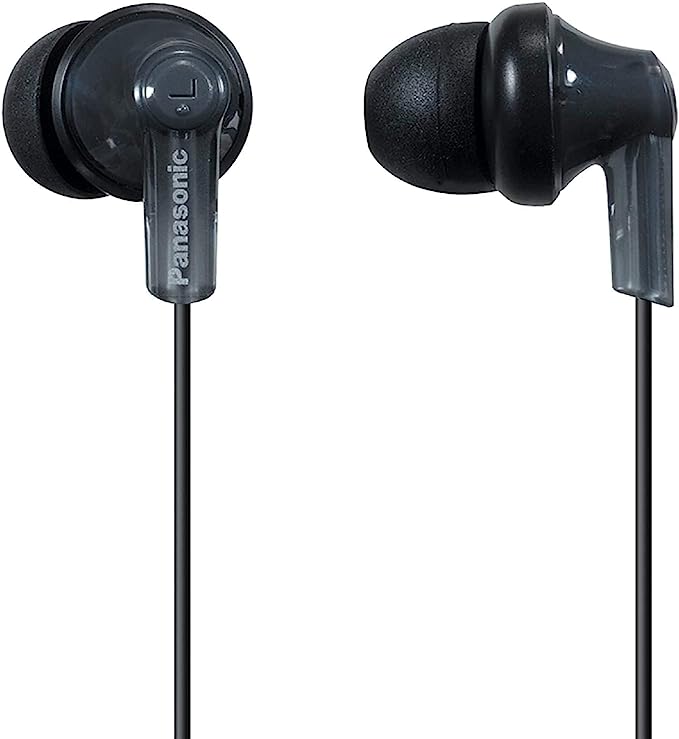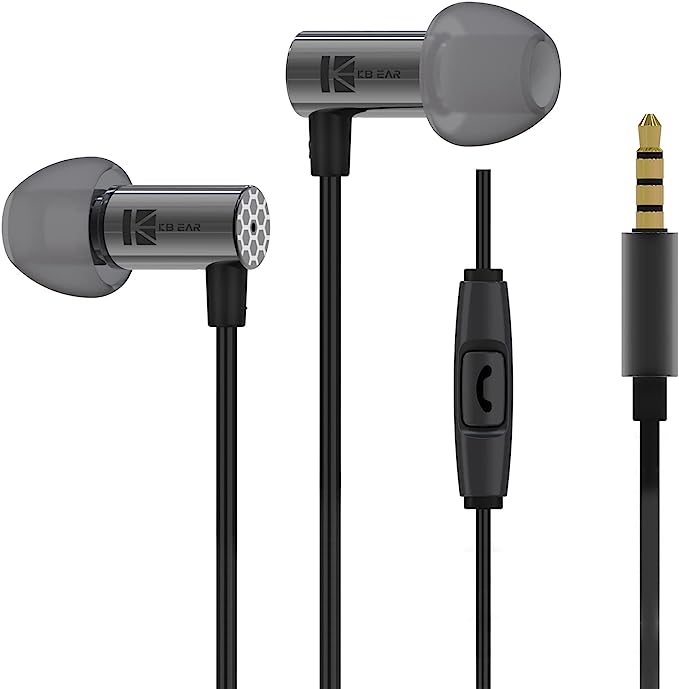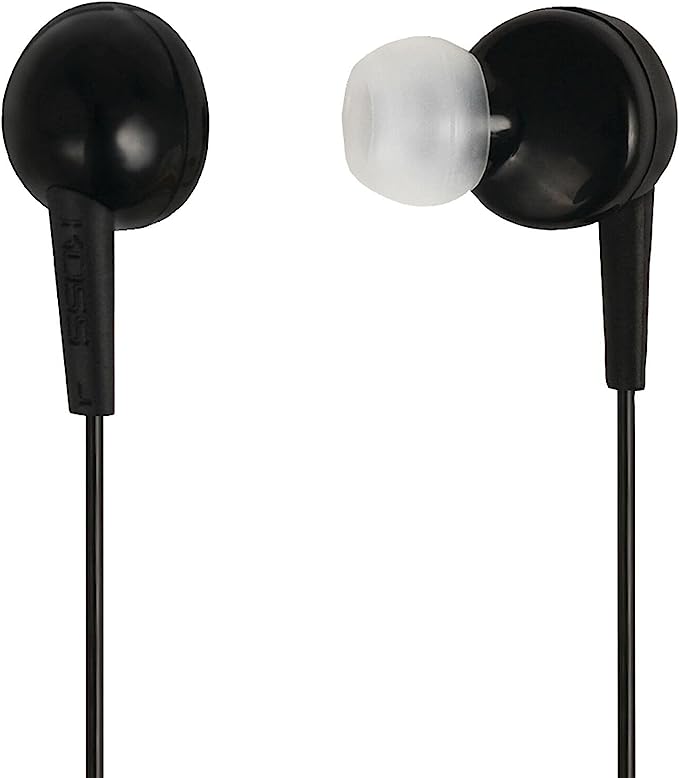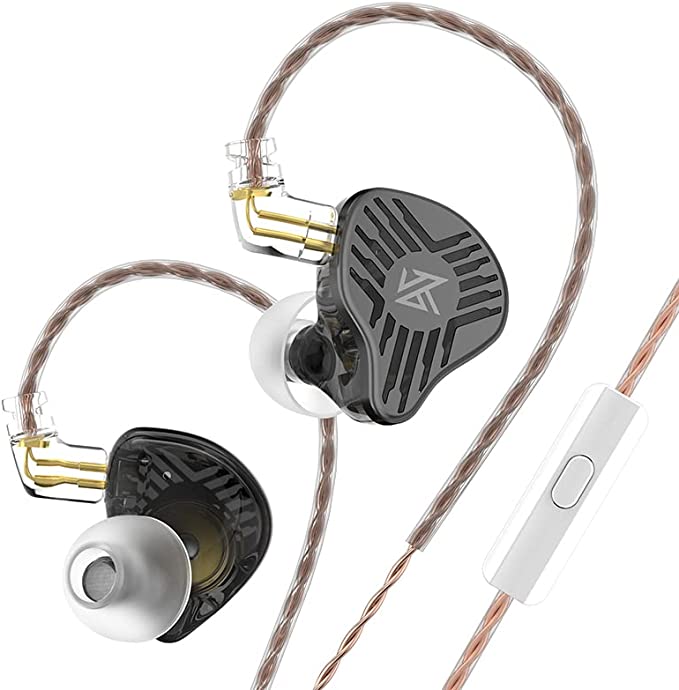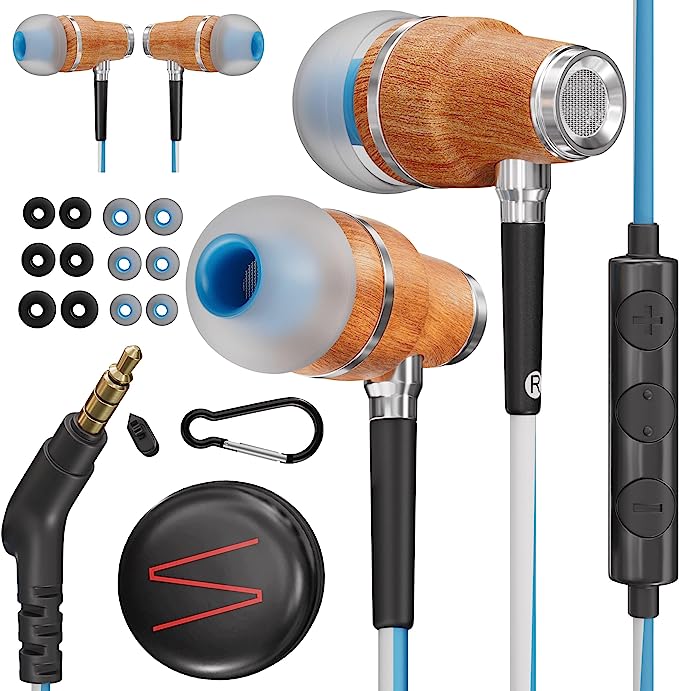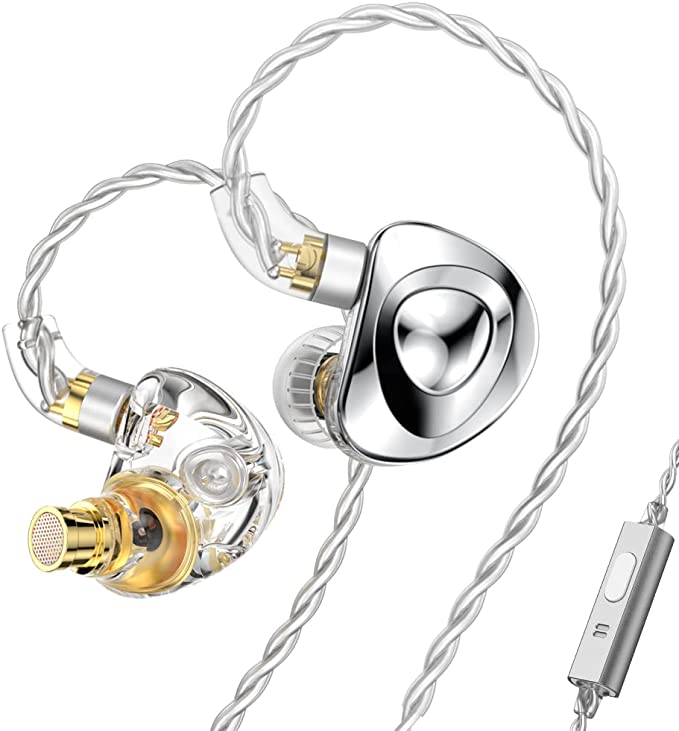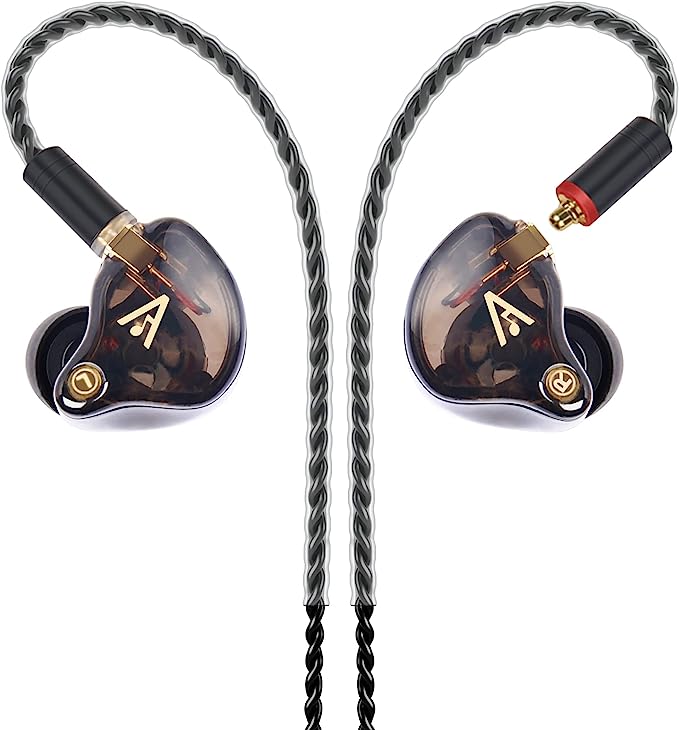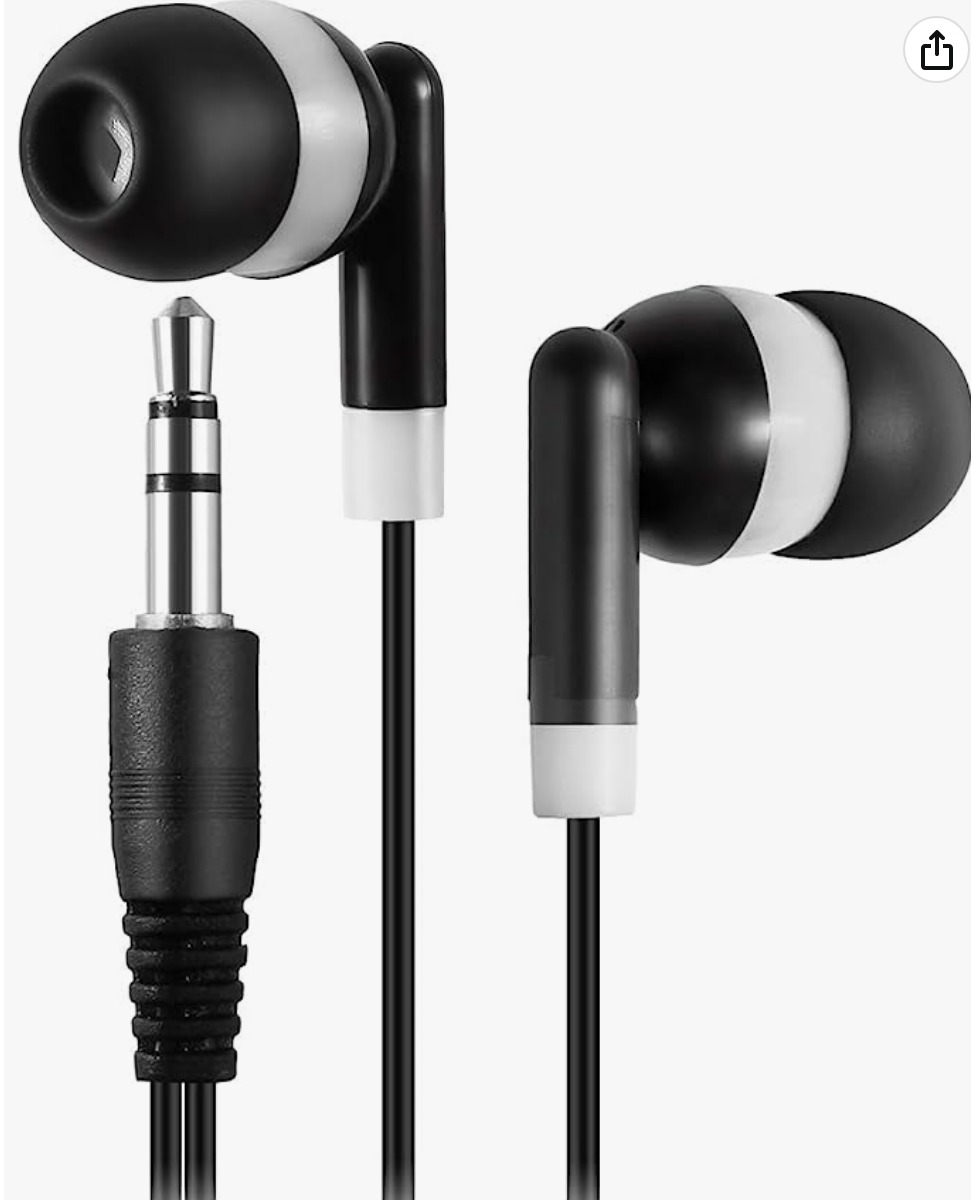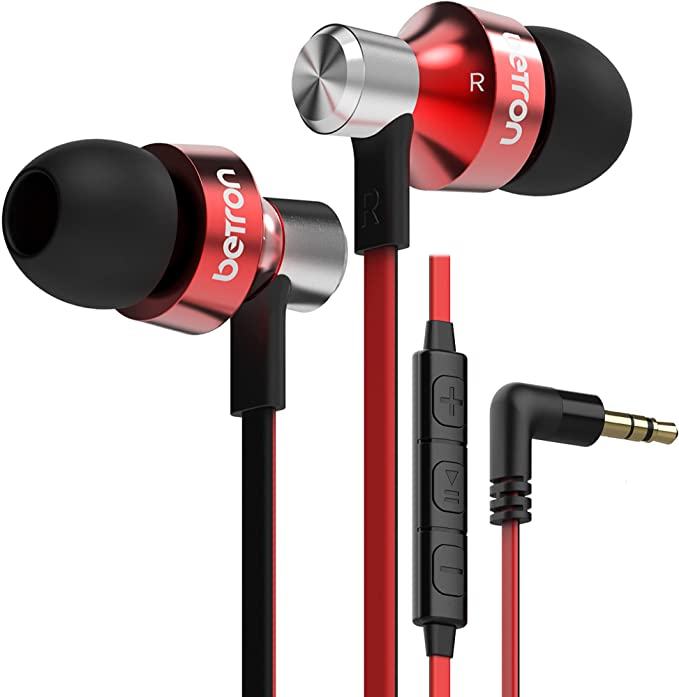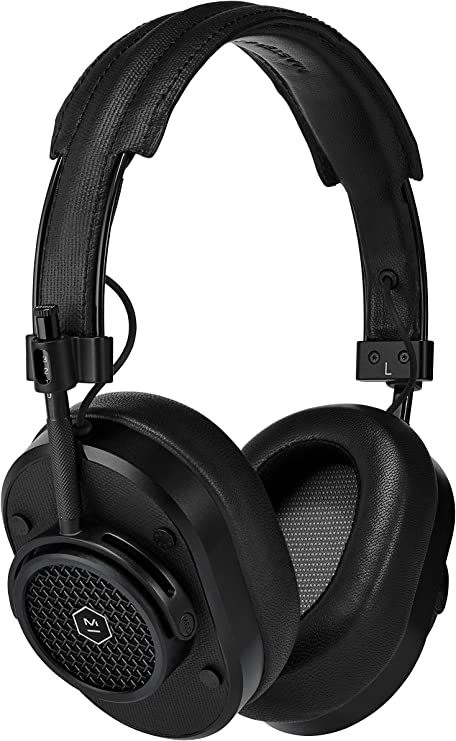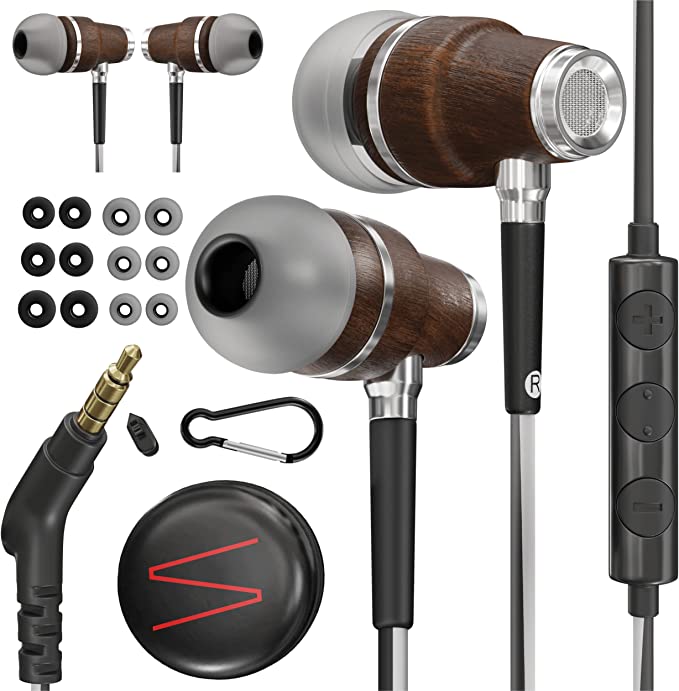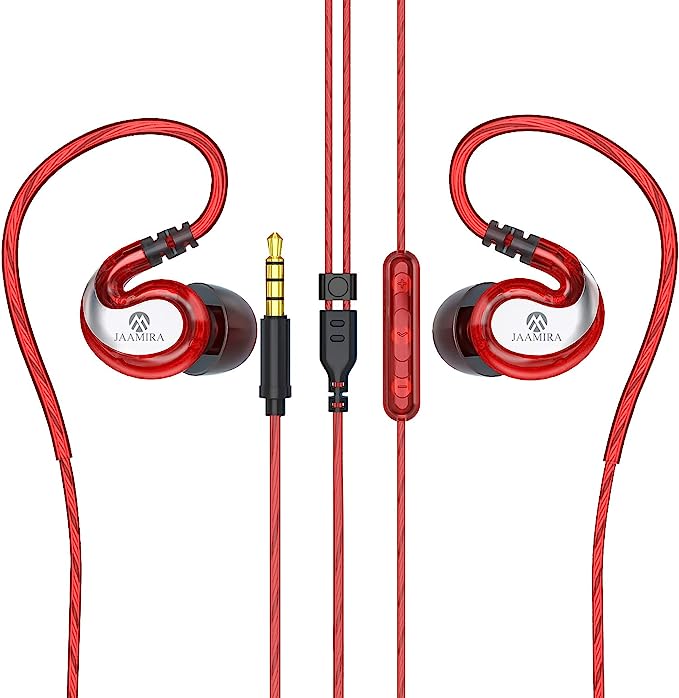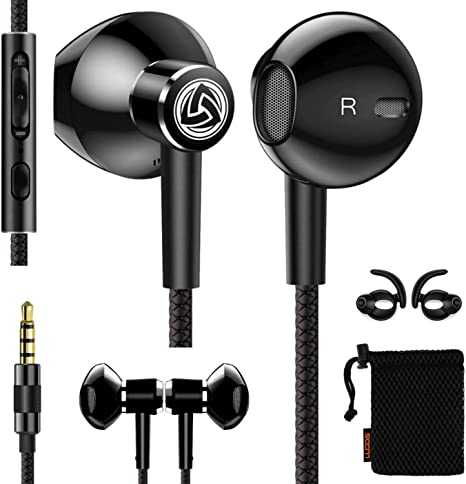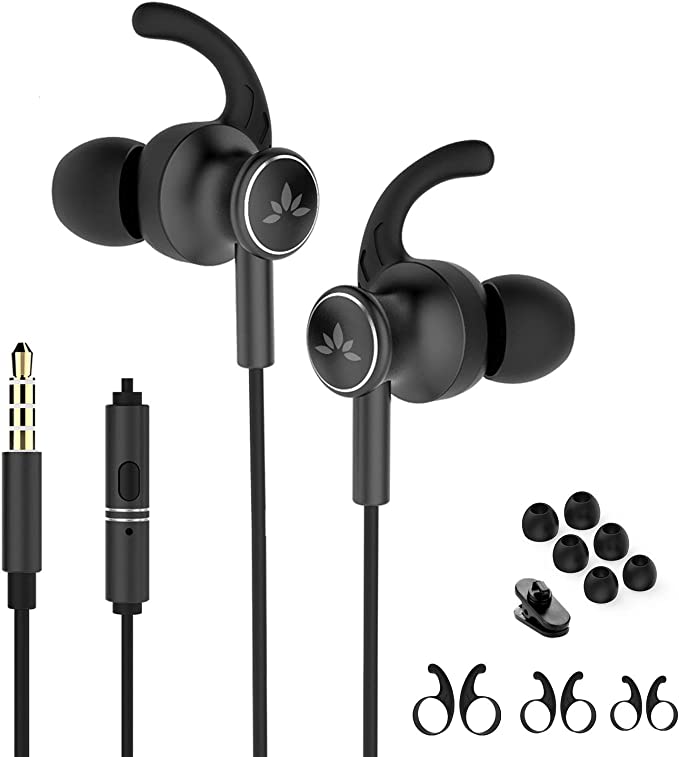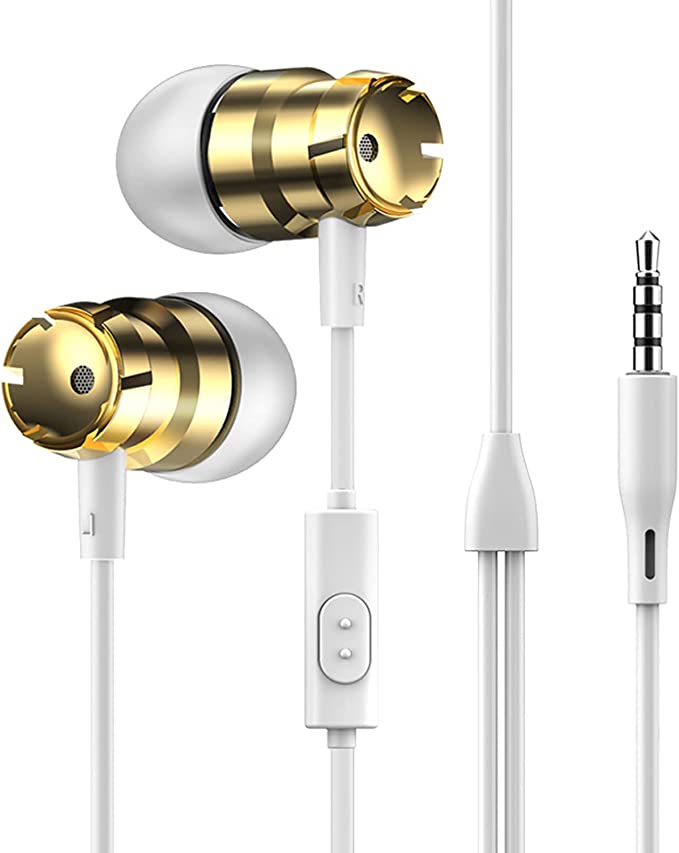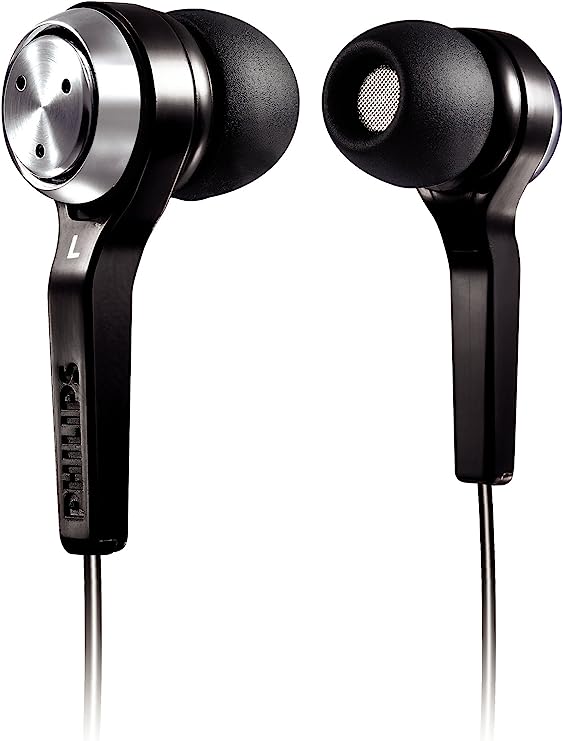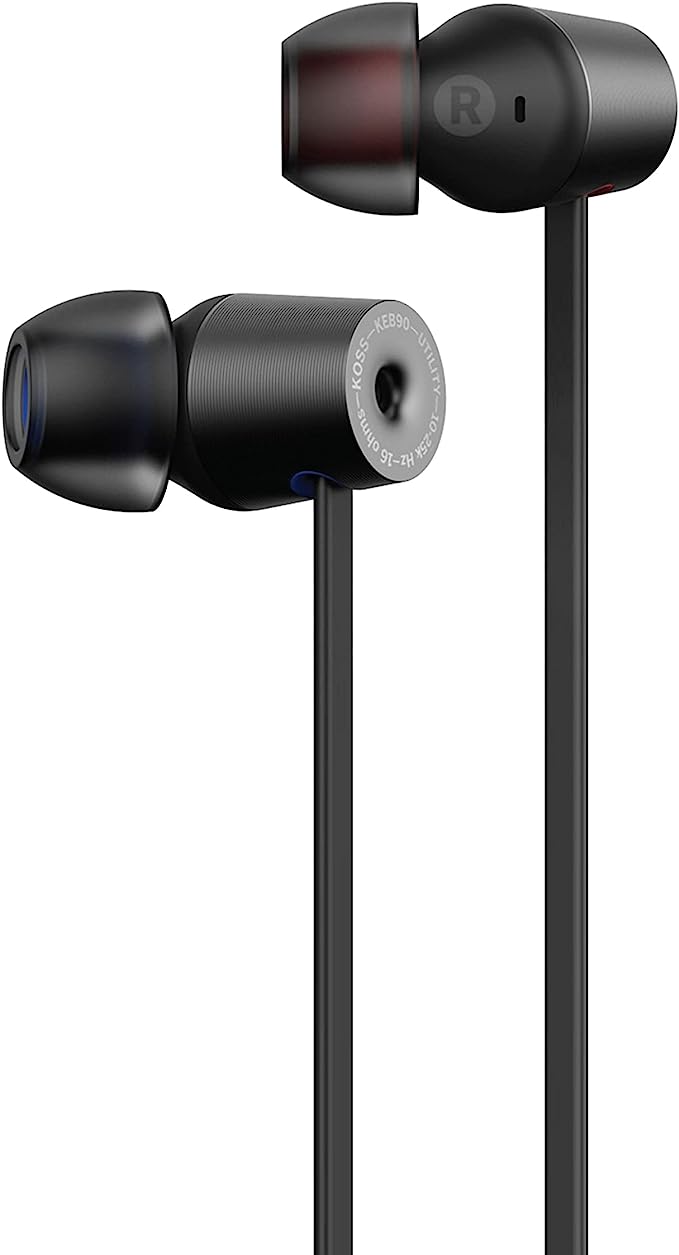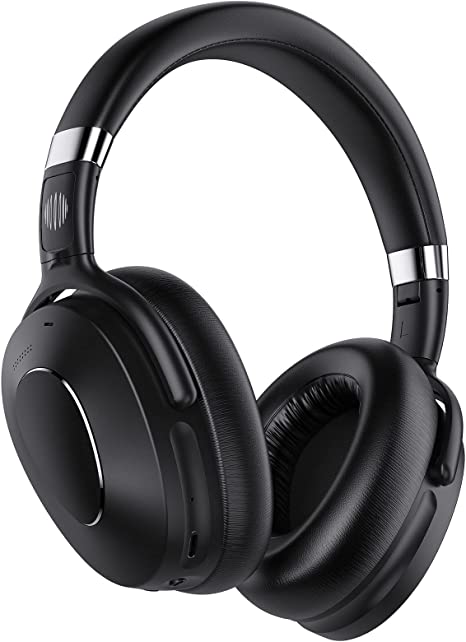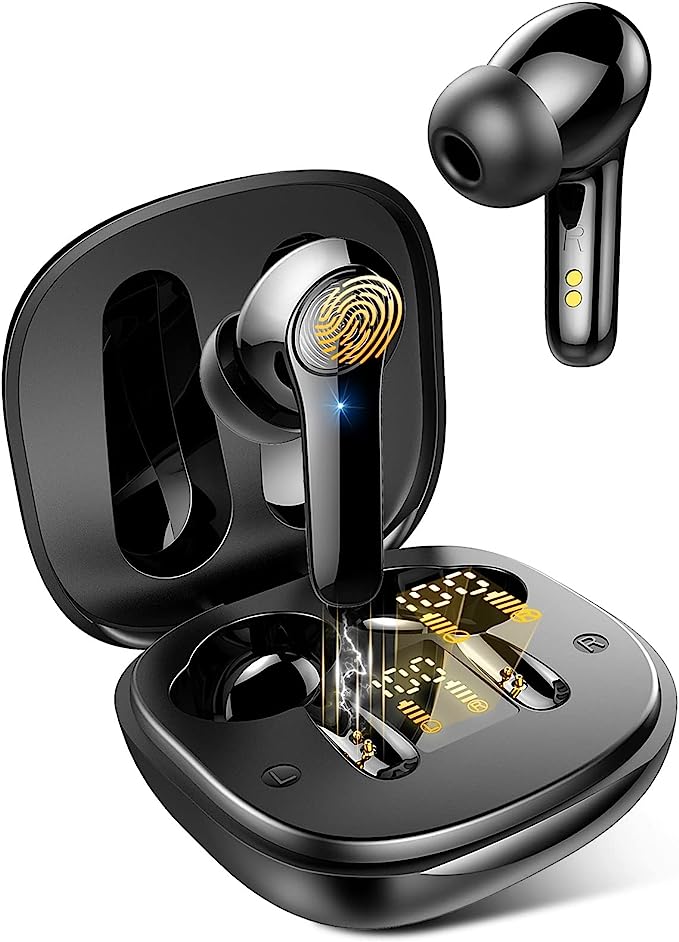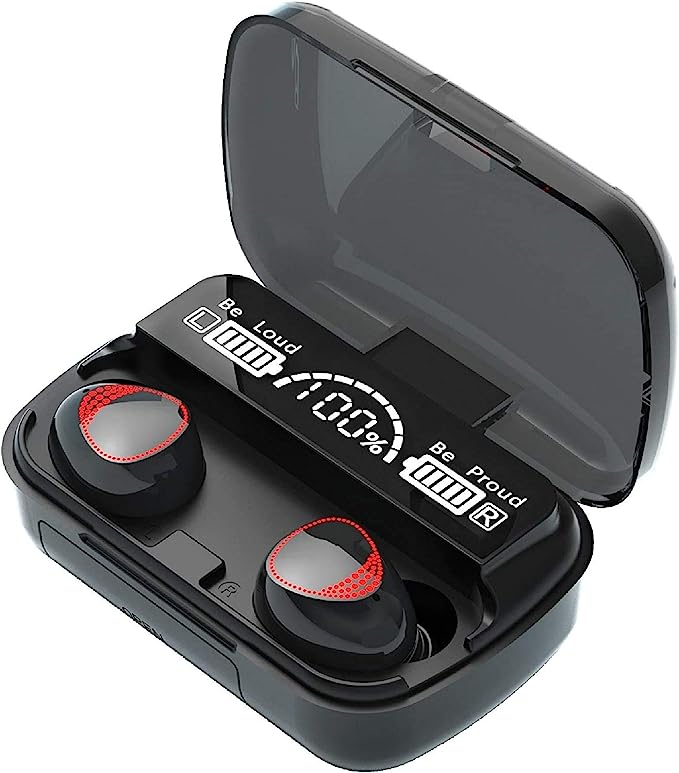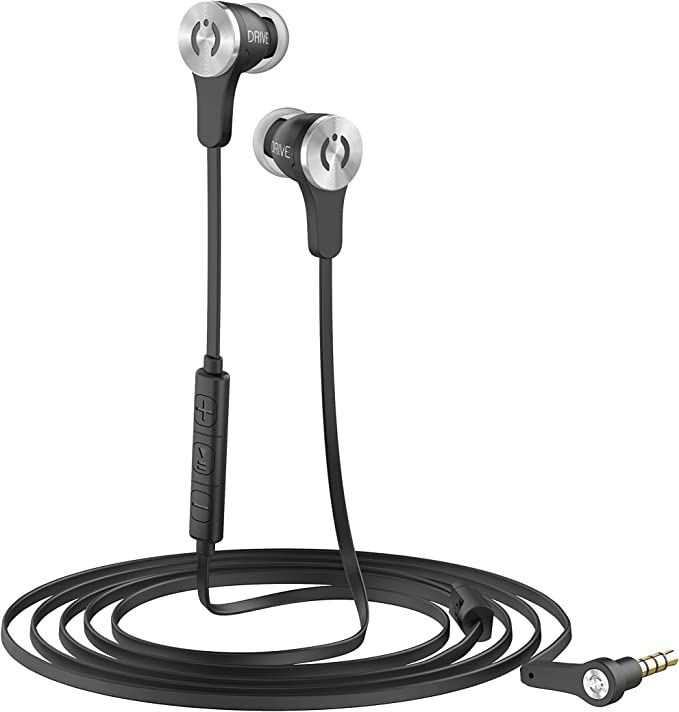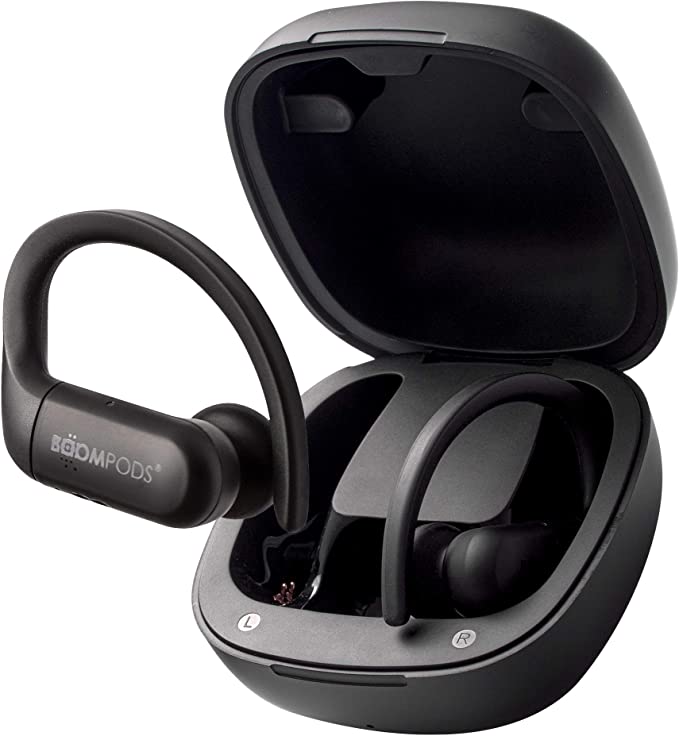LUDOS FEROX Wired Earbuds: Uncompromising Sound Quality at an Unbeatable Price
Update on Sept. 22, 2025, 1:53 p.m.
In an age of wireless everything, the simple, wired earbud remains an engineering marvel. Let’s tear one down—conceptually—to understand why.
*
Open that drawer. You know the one. It’s the tech graveyard, a tangle of forgotten chargers and obsolete gadgets. And nestled within, almost certainly, is a collection of wireless earbuds in various states of tragic incompletion: a single left bud whose partner has vanished into the ether, a pair whose battery now lasts a mere fifteen minutes, another that simply refuses to pair with any device known to man.
But somewhere in that same drawer, coiled patiently, likely lies a pair of simple, wired headphones. They have no battery to degrade, no Bluetooth chip to become obsolete. You can plug them into a device, and they will simply work. They have always worked. They will likely always work.
This isn’t an essay fueled by nostalgia or a resistance to progress. It’s an investigation, an appreciation for the profound engineering and invisible science packed into one of the most unassuming pieces of technology we own. In our relentless pursuit of “more”—more features, more connectivity, more complexity—we’ve forgotten to admire the elegance of mastering the essential.
To guide our exploration, we’ll use a simple, modern earbud, the LUDOS FEROX, not as a product to be reviewed, but as our specimen—a perfect example of a design that prioritizes fundamental principles over fleeting features. Let’s begin our conceptual teardown.

The Physics of an Unbreakable Promise: The 3.5mm Jack
Before we talk about sound, we must talk about connection. The humble 3.5mm “headphone jack” is such a ubiquitous part of our lives that we rarely consider its genius. This connector, technically a “TRS” (Tip-Ring-Sleeve) plug, is a direct descendant of the quarter-inch jack used by telephone operators in the late 19th century. It has survived world wars, the space race, the digital revolution, and the launch of countless “connector-killers.”
Why has it endured? Because it is a masterpiece of reliable engineering. The three sections—tip for the left channel, ring for the right, and sleeve for the ground—make a secure, self-aligning, and even self-cleaning electrical contact every time you plug it in. There is no software handshake, no pairing protocol, and no digital-to-analog conversion happening outside the source device. It is a direct, physical pathway for an analog electrical wave to travel from your device to the headphone’s driver.
This direct path is the key to its unwavering fidelity. A wired connection is a closed circuit. The audio signal that leaves your phone’s amplifier is, for all intents and purposes, the signal that arrives at the earbud. Contrast this with Bluetooth audio, which is a magnificent but compromised technology. To work, your music must be digitally compressed, transmitted through a crowded 2.4 GHz radio spectrum, received, decompressed, converted back to analog, and then amplified—all within a tiny, battery-powered bud. Each step is a potential point of data loss, interference, or latency.
When a modern product like the FEROX consciously chooses to use this century-old standard, it’s a deliberate engineering decision. It’s a vote for unwavering reliability and signal purity over the convenience of a wireless connection. It is an unbreakable promise that, barring a catastrophic cable break, sound will be delivered.

The Art of Pushing Air: The Dynamic Driver
Once the electrical signal has completed its journey down the wire, it arrives at the heart of the earbud: the driver. This is the tiny engine that performs the magical alchemy of turning electricity into sound. Most earbuds in this category use a “dynamic driver,” a beautifully simple and effective piece of technology.
Imagine a microscopic piston. That’s essentially what a dynamic driver is. It works on a principle discovered by Michael Faraday in 1831: electromagnetism. A small coil of wire (the “voice coil”) is attached to a cone-shaped diaphragm. This assembly is suspended in a magnetic field created by a powerful, tiny magnet. When the audio signal—an alternating electrical current—flows through the coil, it creates a fluctuating magnetic field that interacts with the permanent magnet, causing the coil and the attached diaphragm to shoot forwards and backwards with incredible speed.
This movement pushes and pulls the air in front of it, creating waves of pressure—sound waves—that travel down your ear canal. A deep bass note is a slow, powerful push; a high-pitched cymbal crash is a series of incredibly fast vibrations.
The ultimate goal of a driver is accuracy, or what engineers call a good “frequency response.” It’s the ability to reproduce every tone, from the lowest rumble to the highest shimmer, at the correct volume, without adding its own color or distortion. Achieving a balanced, natural sound isn’t about expensive, exotic components; it’s about the meticulous tuning of these simple parts. The stiffness and weight of the diaphragm material, the strength of the magnet, the precise winding of the coil—all of these factors are tuned to work in harmony. It’s a testament to engineering that a well-tuned dynamic driver, like the one found in the FEROX, can deliver a rich, detailed sound experience based on principles of physics that have been understood for nearly 200 years.

The Fortress of Silence: The Power of Passive Isolation
Before you can truly appreciate the sound a headphone produces, you must first contend with the sound of the world around you. This is where we encounter two very different philosophies of creating quiet.
The most talked-about technology today is Active Noise Cancellation (ANC). It’s an electronic solution that uses microphones to listen to outside noise and then generates an opposite sound wave (“anti-noise”) to cancel it out through destructive interference. It’s a brilliant piece of processing that works wonders on constant, low-frequency sounds like the drone of an airplane engine.
But there is an older, simpler, and often-overlooked method: Passive Noise Isolation.
This is not an electronic trick; it is the application of pure physics and acoustics. It works on the same principle as closing a window to muffle street traffic. By creating a perfect physical seal between the earbud and your ear canal, you build a barrier that physically blocks a wide range of sound waves, particularly in the mid and high frequencies where human speech resides.
The effectiveness of this “fortress of silence” depends almost entirely on ergonomics. The shape of the earbud housing and the material and shape of the silicone or foam ear tip are paramount. A good design, one that fits snugly and comfortably in a wide variety of ears, creates the acoustic seal necessary for excellent passive isolation.
This creates a fascinating psychoacoustic bonus. When the “noise floor” of the world is lowered, your brain doesn’t have to work as hard to filter out distractions. The perceived signal-to-noise ratio of your music increases dramatically. You begin to hear subtle details—the soft intake of a singer’s breath, the faint decay of a reverb tail—that were previously masked by ambient noise. By focusing on fundamental acoustic principles, a well-designed earbud can significantly enhance the listening experience without adding the cost, complexity, and battery drain of ANC.

The Philosophy of Durability
Which brings us back to that drawer of tech disappointments. So many of our modern gadgets seem designed with a built-in expiration date, a phenomenon known as “planned obsolescence.” Glued-in batteries that can’t be replaced, fragile components, and a constant cycle of new models make our expensive devices feel disposable.
A simple, wired headphone stands in stark opposition to this philosophy. There’s no battery to die. Its simple construction makes it inherently more robust. When a manufacturer builds a product like this with a noticeably thicker, tangle-resistant cable and reinforced connectors—and then backs it with a 5-year warranty—it’s more than a feature. It’s a statement. It’s a commitment to longevity, a belief that a product should be a reliable tool, not a temporary convenience.

In the end, exploring the science inside a humble pair of wired headphones reveals a profound lesson. True innovation isn’t always about cramming in more technology, more features, or more wireless protocols. Sometimes, it’s about stripping everything away to perfect the essential. It’s about understanding the fundamental laws of physics, acoustics, and engineering so deeply that you can create a simple, reliable, and beautiful experience. It’s about building a fortress, not a gadget.
